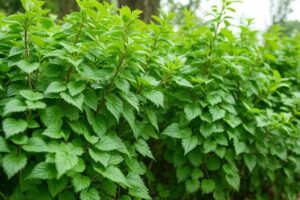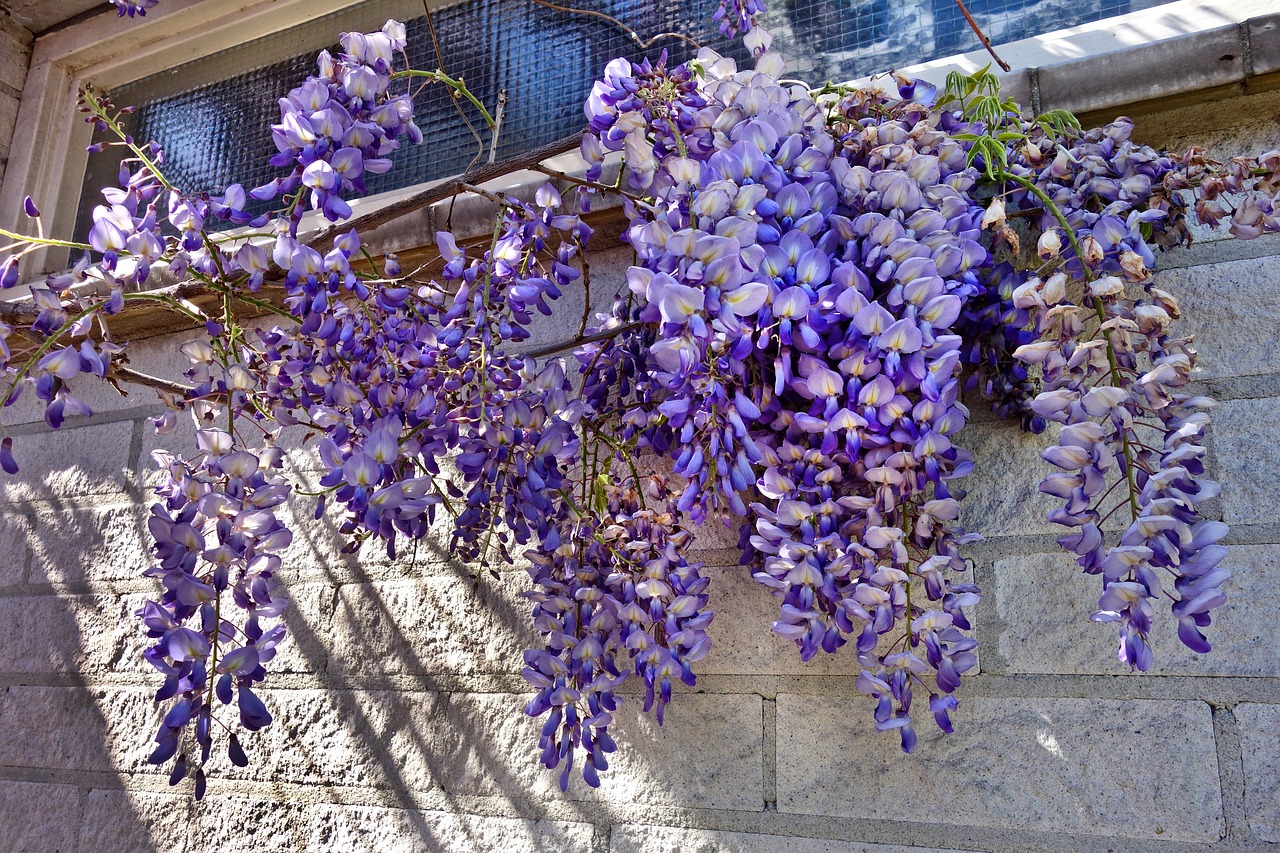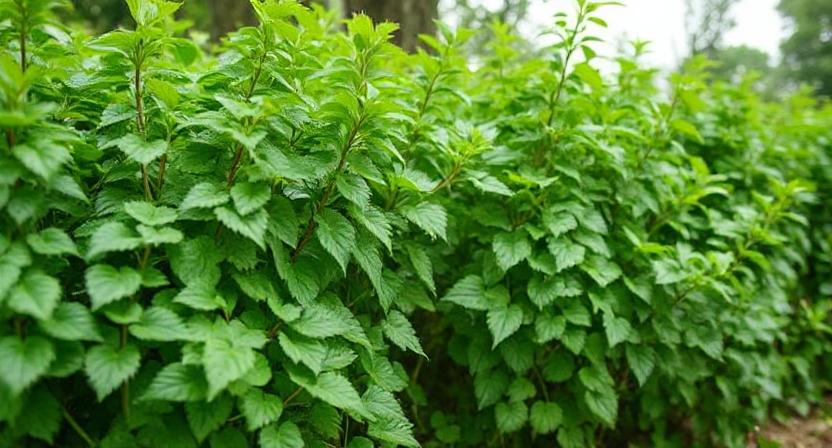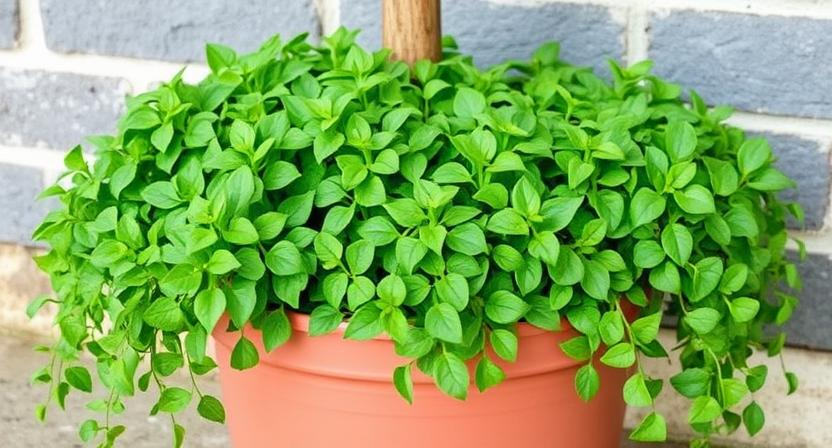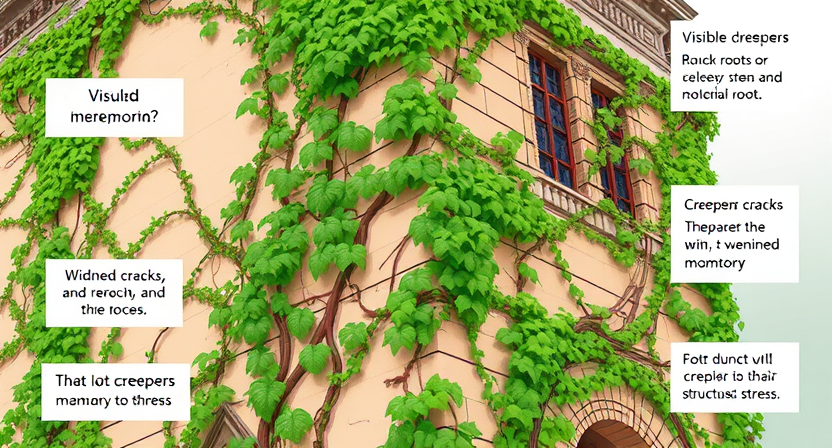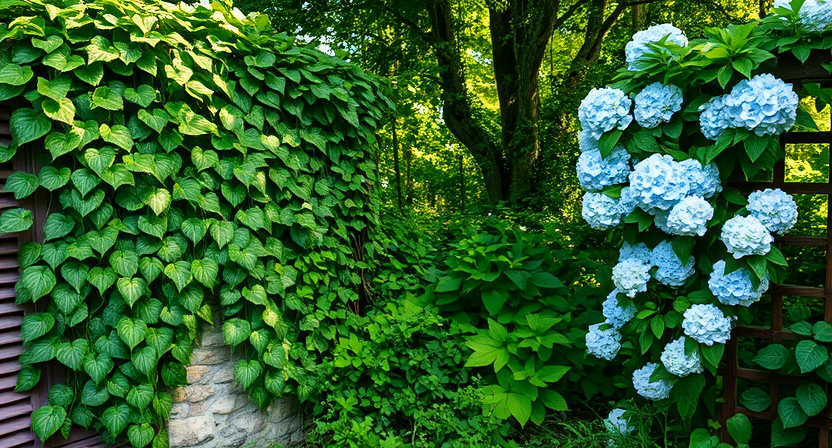Introduction
Creeper plants are some of the most versatile and hardy plants in existence. They’ll grow under the harshest conditions, and they’re not as finicky as other flowers. In this guide, we will walk you through everything you need to know about growing creeper plants from seeds, seedlings or cuttings. It’s easy to do once you know what to do!
Step 1: Choosing Creeper Plants
There are a lot of creepers to choose from, but before you buy one, it’s important to make sure that it is right for your garden. Here are some things to consider:
- Choose plants that are native to your area. If you live in the desert or other arid region, look for cacti and succulents as they have evolved over time with their surroundings. If you live in a temperate climate such as California or New York City (or any other coastal city), choose vines like Virginia creeper or wisteria because they prefer humid conditions and plenty of rainwater throughout the summer months before drying out again during winter months when there is less rainfall available for plant growth.*
Step 2: Where to Plant Creeper Plants
Creeper plants are versatile and can be grown in many different environments. They will grow in sun or partial shade, as long as they aren’t exposed to direct sun for more than a few hours a day. They will also do well with moist or dry soil; however you may need to water your creeper plants more frequently if you have very sandy soil. If you are planting your creeper plant in containers or hanging baskets, make sure that there is enough room for the roots to grow without being cramped (this means at least 6″ deep).
Step 3: Watering Creeper Plants
Creeper plants are drought tolerant and do not need to be watered regularly. However, they will grow faster if you water them regularly. The amount of time between watering depends on the type of creeper plant you have:
- Vertical-growing creepers (such as creeping jenny) should be watered every two weeks during their growing season (spring through fall) and only once per month in winter
- Spreading-growth creepers (such as common periwinkle) should be watered every week or two during their growing season
Step 4: Fertilizing Creeper Plants
- Fertilizing: Creeper plants should be fertilized once a month with a balanced fertilizer. You can buy this at your local garden supply store, or make your own by mixing equal parts of phosphorus (P), nitrogen (N), and potassium (K).
- Amount of fertilizer to use: Use 1/2 cup per gallon of water for indoor plants and 1 cup per gallon for outdoor plants.
- When to fertilize: Fertilize creeper plants in spring and summer when they are actively growing.
Step 5: Pruning and Training Creeper Plants
If you don’t prune them, they’ll get out of control and take over your yard.
- Prune to control the plant’s growth and keep it from becoming too large.
- Prune to encourage new growth if you want more flowers or fruit on your creeper vine, like with grapes or tomatoes.
- If there are dead branches on your creeper vine, remove them so that they don’t spread disease through the rest of the plant (and so they don’t look bad). You can also cut off nonproductive branches when pruning if you want less foliage overall–this will help direct energy toward growing more fruit or flowers instead!
You can easily care for these hard-to-kill plants.
Creeper plants are fairly easy to grow, and they require little maintenance. These plants are great for beginners, but they’re also versatile enough that even experienced gardeners will find them useful. They can be used in a variety of ways–from filling up empty spaces between other plants to creating privacy walls around your patio or deck.
Conclusion
We hope this guide has been helpful in your journey to find the perfect creeper plant. If you’re still not sure what type of vine is right for you, we recommend starting with one of the three listed above: coral bamboo, miracle vine or creeping jenny. These are all great options for beginners because they’re easy to care for and come in many different colors!







